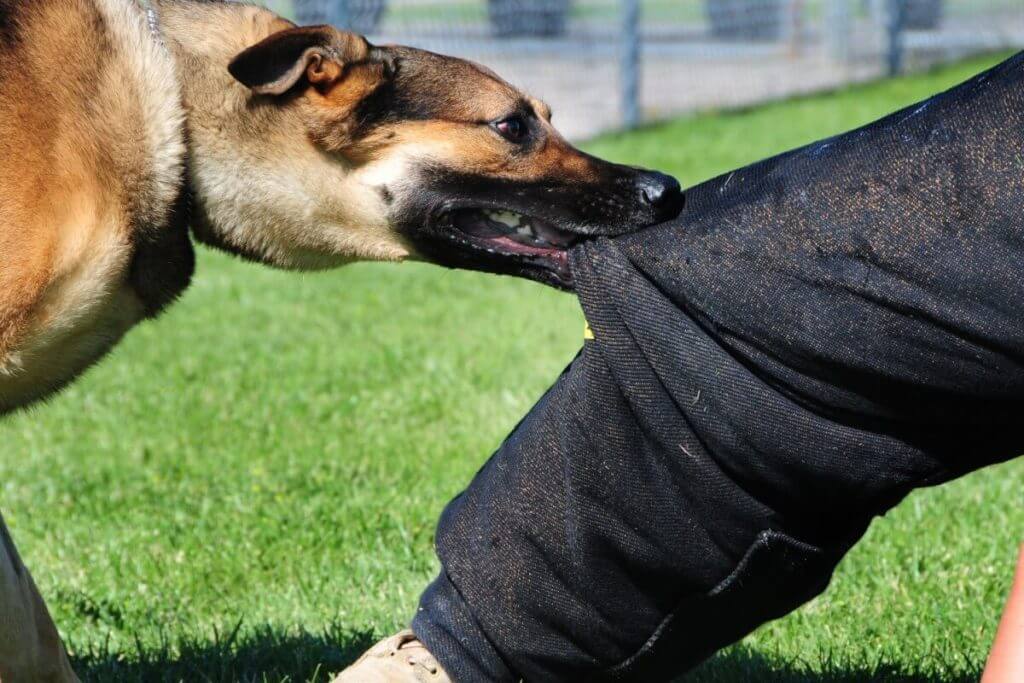Biting can be a serious issue for pet owners, whether it involves a dog, cat, or small animal. This behavior can result from fear, aggression, playfulness, or pain. Addressing biting behavior early on is essential to ensure the safety and well-being of both the pet and the people around them. This comprehensive guide provides practical tips and techniques to help you stop your pet from biting.
Understanding the Causes of Biting
Common Reasons for Biting
- Fear or Anxiety: Pets may bite when they feel threatened or scared.
- Playfulness: Young pets, especially puppies and kittens, often bite during play as they explore their environment.
- Pain or Discomfort: Pets in pain or discomfort might bite if touched in a sensitive area.
- Territorial Behavior: Pets may bite to protect their territory from perceived intruders.
- Lack of Socialization: Poorly socialized pets might bite due to unfamiliarity with people or other animals.
- Redirected Aggression: Pets might bite when unable to reach the source of their frustration.
Strategies to Stop Biting
Training and Behavior Modification
- Teach Bite Inhibition
- Step 1: Allow your pet to bite gently during play. If they bite too hard, let out a high-pitched “yelp” or say “ouch” and stop playing.
- Step 2: Ignore your pet for a short period to show that hard bites result in the end of playtime.
- Step 3: Gradually increase your sensitivity to pressure, rewarding gentle play and discouraging hard bites.
- Redirect Biting Behavior
- Toys and Chews: Provide appropriate toys and chews for your pet to bite on instead of your hands or clothing.
- Interactive Play: Engage in interactive play using toys, not your hands or feet, to avoid encouraging biting behavior.
- Positive Reinforcement
- Reward your pet with treats, praise, or playtime when they interact gently without biting.
- Consistently reinforce good behavior to help your pet understand what is expected.
- Socialization
- Expose your pet to various people, animals, and environments to reduce fear and anxiety.
- Arrange controlled and positive socialization experiences to build confidence.
Managing Fear and Anxiety
- Create a Safe Space
- Provide a designated area where your pet can retreat when they feel scared or overwhelmed.
- Use calming aids such as pheromone diffusers, calming collars, or anxiety wraps.
- Desensitization and Counter-Conditioning
- Gradually expose your pet to the stimuli that trigger fear or anxiety at a low level, pairing it with positive reinforcement (treats, praise).
- Increase the intensity of the stimulus gradually while continuing to reward calm behavior.
- Professional Help
- Consult a professional dog trainer or behaviorist for severe fear or anxiety issues.
- Consider consulting a veterinarian if medication or additional support is needed.
Addressing Pain or Discomfort
- Regular Veterinary Check-Ups
- Schedule regular veterinary check-ups to identify and address any underlying health issues that may cause pain or discomfort.
- Follow your vet’s recommendations for managing pain, including medication, supplements, or physical therapy.
- Monitor for Signs of Pain
- Observe your pet for signs of pain, such as limping, whimpering, or reluctance to be touched.
- Address any signs of pain promptly to prevent biting due to discomfort.
Specific Techniques for Different Pets
Dogs
- Basic Commands
- Teach basic commands such as “sit,” “stay,” and “leave it” to establish control and redirect your dog’s attention.
- Use these commands to interrupt biting behavior and reinforce alternative actions.
- Leash Training
- Use a leash during training sessions to manage your dog’s movements and prevent them from biting.
- Reward calm behavior and use the leash to gently correct biting attempts.
Cats
- Interactive Play
- Use toys such as feather wands or laser pointers to engage your cat in play without using your hands.
- Avoid using hands or feet as play objects to prevent encouraging biting behavior.
- Scratching Posts
- Provide scratching posts and appropriate surfaces for your cat to claw and bite.
- Redirect your cat to these surfaces when they attempt to bite or scratch inappropriately.
Small Mammals and Other Pets
- Handling Techniques
- Handle small mammals gently and with care to avoid causing fear or discomfort.
- Gradually acclimate your pet to being handled by offering treats and gentle interactions.
- Safe Enclosures
- Ensure your pet’s enclosure is safe and secure, preventing them from feeling threatened or stressed.
- Provide hiding spots and comfortable bedding to create a secure environment.
Consistency and Patience
Consistency and patience are key to stopping biting behavior. Avoid using physical punishment, as it can increase fear and aggression. Instead, focus on positive reinforcement and gentle corrections to encourage good behavior.
Monitoring Progress
Keep track of your pet’s progress by noting improvements and setbacks. Adjust your approach as needed and continue to reinforce positive behavior. Celebrate small victories and remain committed to helping your pet develop better habits.
Conclusion
Stopping biting behavior in pets requires a combination of training, behavior modification, and understanding the underlying causes. By implementing the strategies outlined in this guide, you can effectively reduce and eventually eliminate biting behavior, ensuring a safe and harmonious relationship with your pet. Remember, patience and persistence are essential, and seeking professional help when needed can provide additional support in achieving lasting results.

